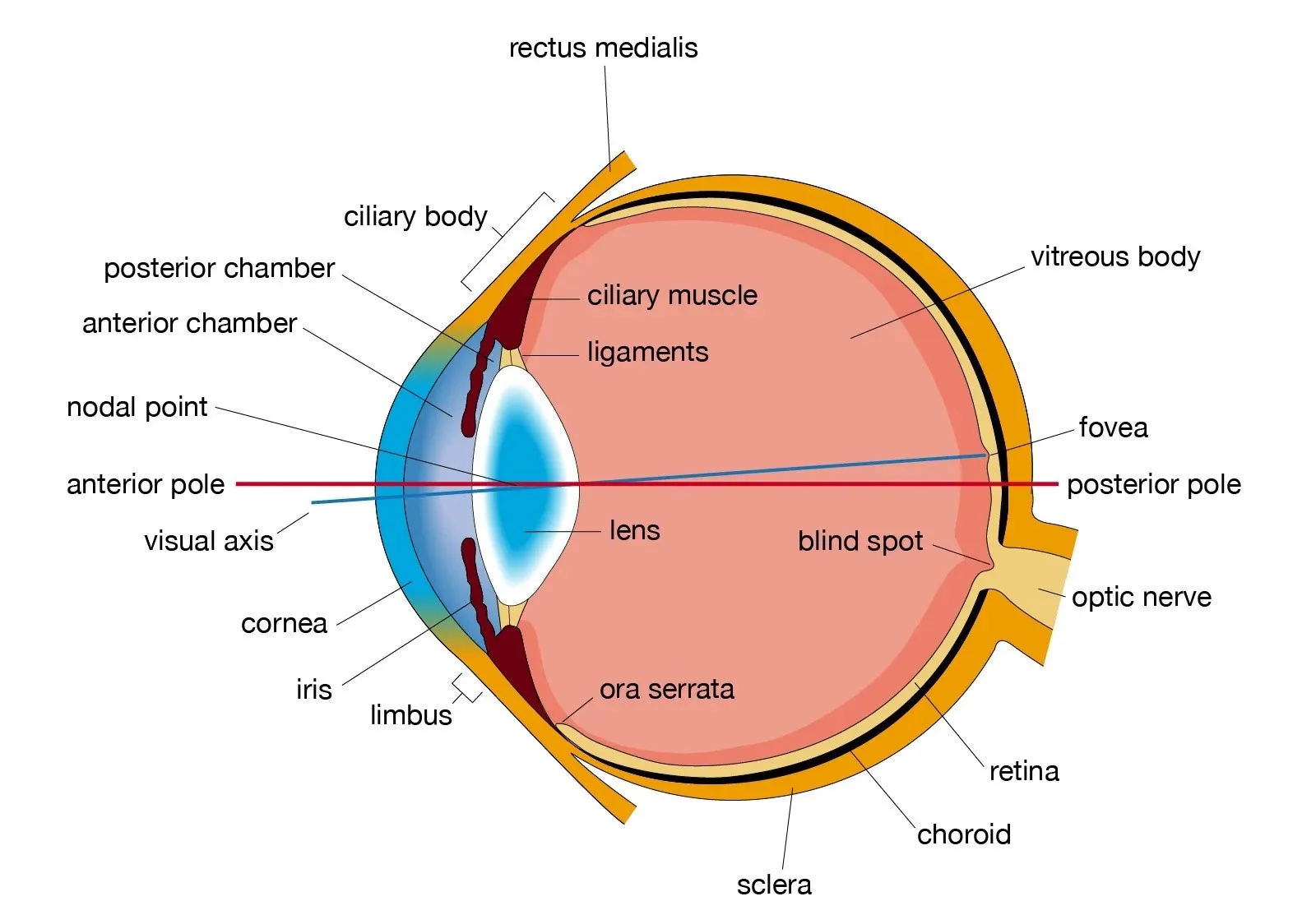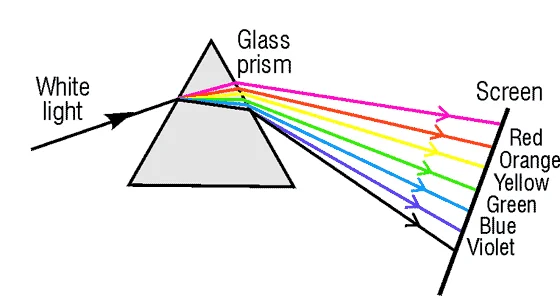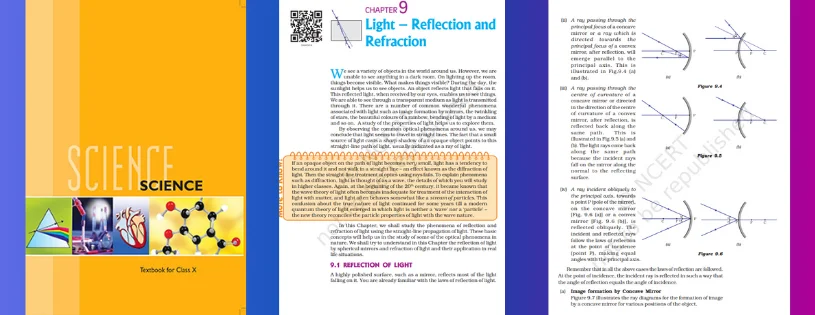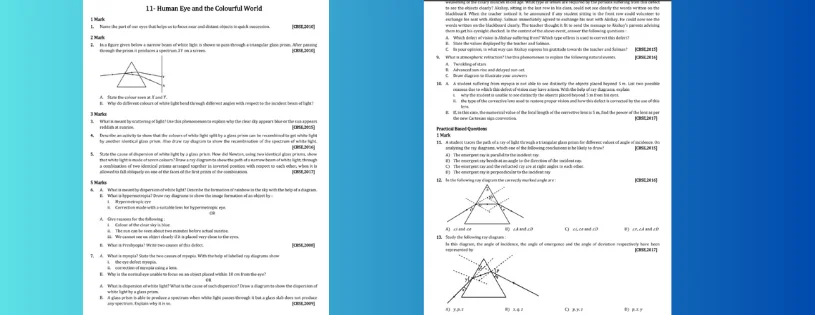The captivating interplay between the human eye and the vibrant spectrum of colors forms the essence of our visual experience. At the core of this phenomenon lies the intricate architecture of the eye, a marvel of nature's design. From the cornea to the retina, the eye's components work in harmony, capturing and interpreting light. The interplay of rods and cones within the retina, particularly the triad of cones attuned to red, green, and blue wavelengths, grants us the gift of color perception. This exploration delves into the science of vision, unraveling the secrets of how the human eye transforms light into the rich tapestry of hues that paint our world.
The Marvels of Human Vision and the Colorful Tapestry of Our World
The human eye, a masterpiece of biological engineering, unfolds a mesmerizing journey into the realm of vision and color. Its intricate structure, from the light-bending cornea to the light-sensitive retina, orchestrates the transmission of visual stimuli. Within the retina, the collaboration of rods and cones, with their specialized sensitivity to light, unveils the magic of color perception. Three types of cones, responsive to red, green, and blue wavelengths, harmonize to create the vibrant palette of our surroundings. This symphony of biological processes and optical marvels not only shapes our visual reality but also deepens our appreciation for the extraordinary interplay between the human eye and the colorful world it perceives.

The Human Eye:
The human eye is an intricate organ, finely tuned to facilitate vision. Here's a detailed exploration of its key components:
-
Cornea:
- The transparent, outermost layer bends incoming light.
-
Iris:
- The colored part controls the size of the pupil, regulating the amount of light entering the eye.
-
Pupil:
- The black aperture at the center of the iris adjusts its size to control the amount of light reaching the retina.
-
Lens:
- A flexible, crystalline structure that further focuses light onto the retina.
-
Retina:
- The light-sensitive tissue at the back of the eye contains photoreceptor cells (rods and cones).
-
Rods:
- Specialized for low-light vision and detecting shades of gray.
-
Cones:
- Responsible for color vision and function optimally in well-lit conditions.
-
Macula:
- A small, central area of the retina with a high concentration of cones, is crucial for detailed and central vision.
-
Optic Nerve:
- Transmits visual information from the retina to the brain.
-
Aqueous and Vitreous Humor:
- Clear fluids that maintain the eye's shape and provide nutrients.
-
Sclera:
- The tough, white outer layer provides structural support to the eye.
-
Ciliary Muscles:
- Control the shape of the lens, aiding in focusing on objects at different distances.
This symphony of structures and functions collaborates to capture, focus, and interpret light, allowing us to perceive the diverse and colorful world around us.
Defects of Vision and Their Correction:
Human vision can be affected by various defects, and fortunately, many of these can be corrected through different means. Here's an overview of common vision defects and their corrections:
-
Myopia (Nearsightedness):
- Defect: Distant objects appear blurred.
- Correction: Concave lenses are used to diverge incoming light before it reaches the eye's lens, bringing distant images into focus on the retina.
-
Hyperopia (Farsightedness):
- Defect: Difficulty focusing on close objects.
- Correction: Convex lenses converge light rays, helping to focus images directly on the retina for clearer close-up vision.
-
Astigmatism:
- Defect: Irregular curvature of the cornea or lens causes distorted or blurred vision.
- Correction: Cylindrical lenses are used to compensate for the uneven curvature and bring the vision into focus.
-
Presbyopia:
- Defect: Age-related loss of near vision, usually after 40.
- Correction: Bifocal or progressive lenses are prescribed, providing different prescriptions in the same lens to address both near and distant vision.
-
Color Blindness:
- Defect: Difficulty distinguishing certain colors.
- Correction: No direct cure, but special lenses or filters may enhance color perception in some cases.
-
Amblyopia (Lazy Eye):
- Defect: Reduced vision in one eye due to lack of proper development during childhood.
- Correction: Corrective lenses, eye patches, or vision therapy during early childhood to stimulate the weaker eye.
-
Strabismus (Crossed Eyes):
- Defect: Misalignment of the eyes.
- Correction: Corrective lenses, eye exercises, or surgery to align the eyes and improve binocular vision.
Regular eye examinations are crucial for early detection and proper management of these vision defects, ensuring timely and effective corrections to maintain optimal visual health.
Refraction of Light through Prism:
The refraction of light through a prism is a phenomenon where light undergoes bending as it passes through the prism due to the change in its speed. Prisms are transparent optical elements with flat, polished surfaces that can refract light. Here's an explanation of the refraction of light through a prism:

-
Entry and Refraction:
- When a beam of light enters a prism, it slows down as it moves from air (a less dense medium) into the denser material of the prism.
- The change in speed causes the light to bend towards the normal (an imaginary line perpendicular to the surface).
-
Internal Reflection:
- Inside the prism, the light undergoes further refraction as it interacts with the prism's surfaces.
- If the prism is thin, the light may exit without much deviation. However, in thicker prisms, internal reflection can occur.
-
Dispersion of Light:
- One of the most significant effects of a prism is dispersion, where different colors of light are refracted by different amounts.
- The degree of refraction depends on the wavelength of each color, causing them to spread out and form a spectrum.
-
Formation of Spectrum:
- As the dispersed colors exit the prism, they create a spectrum of colors, often seen as a rainbow.
- The sequence of colors in the spectrum is typically red, orange, yellow, green, blue, indigo, and violet (ROYGBIV).
-
Angular Dispersion:
- The angle at which each color is refracted is known as angular dispersion.
- The higher the refractive index of the prism material, the greater the angular dispersion.
Prisms are crucial components in optics, utilized in devices like spectrometers and camera lenses to analyze and manipulate light. The study of light refraction through prisms provides valuable insights into the behavior of light and the spectrum of colors it comprises.
Dispersion of White Light by a Glass Prism:
When white light passes through a glass prism, it undergoes dispersion, revealing its component colors. This phenomenon occurs due to the different wavelengths of light bending by varying amounts as they travel through the prism. Here's a step-by-step explanation:
-
Entry into the Prism:
- White light is a mixture of various colors, each corresponding to a different wavelength.
- As the white light enters the glass prism, it slows down, and its path bends toward the normal (an imaginary line perpendicular to the surface) at each air-glass interface.
-
Refraction and Separation:
- The amount of bending (refraction) depends on the wavelength of light. Shorter wavelengths (blue and violet) are refracted more than longer wavelengths (red).
- This differential refraction causes the various colors of the white light to spread out or disperse as they pass through the prism.
-
Formation of Spectrum:
- As the dispersed colors exit the prism, they are spread out in a distinct pattern, forming a spectrum.
- The spectrum typically exhibits a sequence of colors arranged in a specific order: red, orange, yellow, green, blue, indigo, and violet (ROYGBIV).
-
Angular Dispersion:
- The angular separation between different colors in the spectrum is known as angular dispersion.
- This phenomenon is a result of the prism's ability to refract different colors of light by varying amounts.
-
Recombination of Colors:
- If the spectrum is allowed to fall on a screen or another prism, the individual colors can be recombined to form white light again.
The dispersion of white light by a prism is a fundamental concept in optics and plays a pivotal role in understanding the nature of light. Sir Isaac Newton's experiments with prisms in the 17th century were instrumental in establishing the understanding of the color spectrum and the phenomenon of dispersion.
Atmospheric Refraction:
Atmospheric refraction is a phenomenon where the Earth's atmosphere bends light as it passes through, affecting the apparent position of celestial objects. This bending occurs due to the varying density of air at different altitudes. During sunrise and sunset, the sun appears slightly above the horizon even when it's geometrically below it, causing daylight to last longer. Similarly, atmospheric refraction influences the apparent positions of stars near the horizon, making them appear higher. This optical effect plays a crucial role in celestial navigation and contributes to the vivid colors observed during sunrise and sunset, enriching our visual experience of the sky.
Scattering of Light:
Scattering of light is a phenomenon where light deviates from its straight path due to interaction with particles or irregularities in a medium. Rayleigh scattering, predominant in Earth's atmosphere, scatters shorter wavelengths (blue and violet) more than longer ones (red), explaining the blue color of the sky. Mie scattering, associated with larger particles, contributes to phenomena like halos around the sun or moon. This scattering phenomenon plays a crucial role in diverse natural occurrences, from the vibrant hues of a sunset to the creation of rainbows, enriching our understanding of optics and the atmospheric interplay that shapes the visual beauty of the world.

CBSE Class 10 NCERT Science Topics for a Strong Foundation (NCERT DOWNLOAD)
| CHAPTER NAME | The Human Eye and the Colourful World |
| Topic Number | Topics |
| 10.1 | The Human Eye |
| 10.2 | Defects of Vision and Their Correction |
| 10.3 | Refraction of Light through Prism |
| 10.4 | Dispersion of White Light by a Glass Prism |
| 10.5 | Atmospheric Refraction |
| 10.6 | Scattering of Light |
CBSE Class 10 Board Exam Sample Paper

[Previous Year Question Solution Maths Download Button]
[Previous Year Question Solution Science Download Button]
| CBSE CLASS 10 Mathematics Chapters |
| Chapter1: Real Numbers |
| Chapter2: Polynomials |
| Chapter3: Pair of Linear Equations in Two Variables |
| Chapter4: Quadratic Equations |
| Chapter5: Arithmetic Progressions |
| Chapter6: Triangles |
| Chapter7: Coordinate Geometry |
| Chapter8: Introduction to Trigonometry |
| Chapter9: Some Applications of Trigonometry |
| Chapter10: Circles |
| Chapter11: Areas Related to Circles |
| Chapter12: Surface Areas and Volumes |
| Chapter13: Statistics |
| Chapter14: Probability |
| CBSE CLASS 10 Science Chapters |
| Chapter1: Chemical Reactions and Equations |
| Chapter2: Acids, Bases and Salts |
| Chapter3: Metals and Non-metals |
| Chapter4: Carbon and its Compounds |
| Chapter5: Life Processes |
| Chapter6: Control and Coordination |
| Chapter7: How do Organisms Reproduce? |
| Chapter8: Heredity |
| Chapter9: Light – Reflection and Refraction |
| Chapter10: The Human Eye and the Colourful World |
| Chapter11: Electricity |
| Chapter12: Magnetic Effects of Electric Current |
| Chapter13: Our Environment |
| Class 8 |
| Class 9 |
| Class 11 |
| Class 12 |
CBSE Class 10th Downloadable Resources:
| 1. CBSE Class 10th Topic Wise Summary | View Page / Download |
| 2. CBSE Class 10th NCERT Books | View Page / Download |
| 3. CBSE Class 10th NCERT Solutions | View Page / Download |
| 4. CBSE Class 10th Exemplar | View Page / Download |
| 5. CBSE Class 10th Previous Year Papers | View Page / Download |
| 6. CBSE Class 10th Sample Papers | View Page / Download |
| 7. CBSE Class 10th Question Bank | View Page / Download |
| 8. CBSE Class 10th Topic Wise Revision Notes | View Page / Download |
| 9. CBSE Class 10th Last Minutes Preparation Resources (LMP) | View Page / Download |
| 10. CBSE Class 10th Best Reference Books | View Page / Download |
| 11. CBSE Class 10th Formula Booklet | View Page / Download |
Being in CBSE class 10th and considering the board examinations you must be needing resources to excel in your examinations. At TestprepKart we take great pride in providing CBSE class 10th all study resources in downloadable form for you to keep you going.
Below is the list of all CBSE class 10th Downloads available on TestprepKart for both Indian and NRI students preparing for CBSE class 10th in UAE, Oman, Qatar, Kuwait & Bahrain.
FAQ
Q1: How does the human eye perceive color?
Answer: The human eye perceives color through specialized cells called cones in the retina. These cones are sensitive to different wavelengths of light, corresponding to red, green, and blue. The brain processes the signals from these cones to create the perception of a wide range of colors.
Q2: What role do rods and cones play in vision?
Answer: Rods and cones are photoreceptor cells in the retina. Rods are responsible for low-light vision and detecting shades of gray, while cones are crucial for color vision in well-lit conditions. There are three types of cones, each sensitive to specific wavelengths, allowing us to see a spectrum of colors.
Q3: Why do we see a spectrum when light passes through a prism?
Answer: When light passes through a prism, it undergoes dispersion, separating into different colors due to the varying wavelengths of light. This phenomenon occurs because each color bends by a different amount as it enters and exits the prism, creating the familiar spectrum.
Q4: Can defects in vision be corrected?
Answer: Yes, many vision defects can be corrected. Myopia (nearsightedness) and hyperopia (farsightedness) are often corrected with prescription eyeglasses or contact lenses. Astigmatism may also be corrected with specialized lenses. Refractive surgeries like LASIK are options for some individuals. Regular eye examinations help detect issues early for effective correction.
Q5: How does the eye adjust to changes in lighting conditions?
Answer: The iris, the colored part of the eye, adjusts the size of the pupil based on lighting conditions. In bright light, the pupil constricts to reduce the amount of light entering the eye, while in low light, the pupil dilates to allow more light in, optimizing vision in different environments.
Leave a Reply